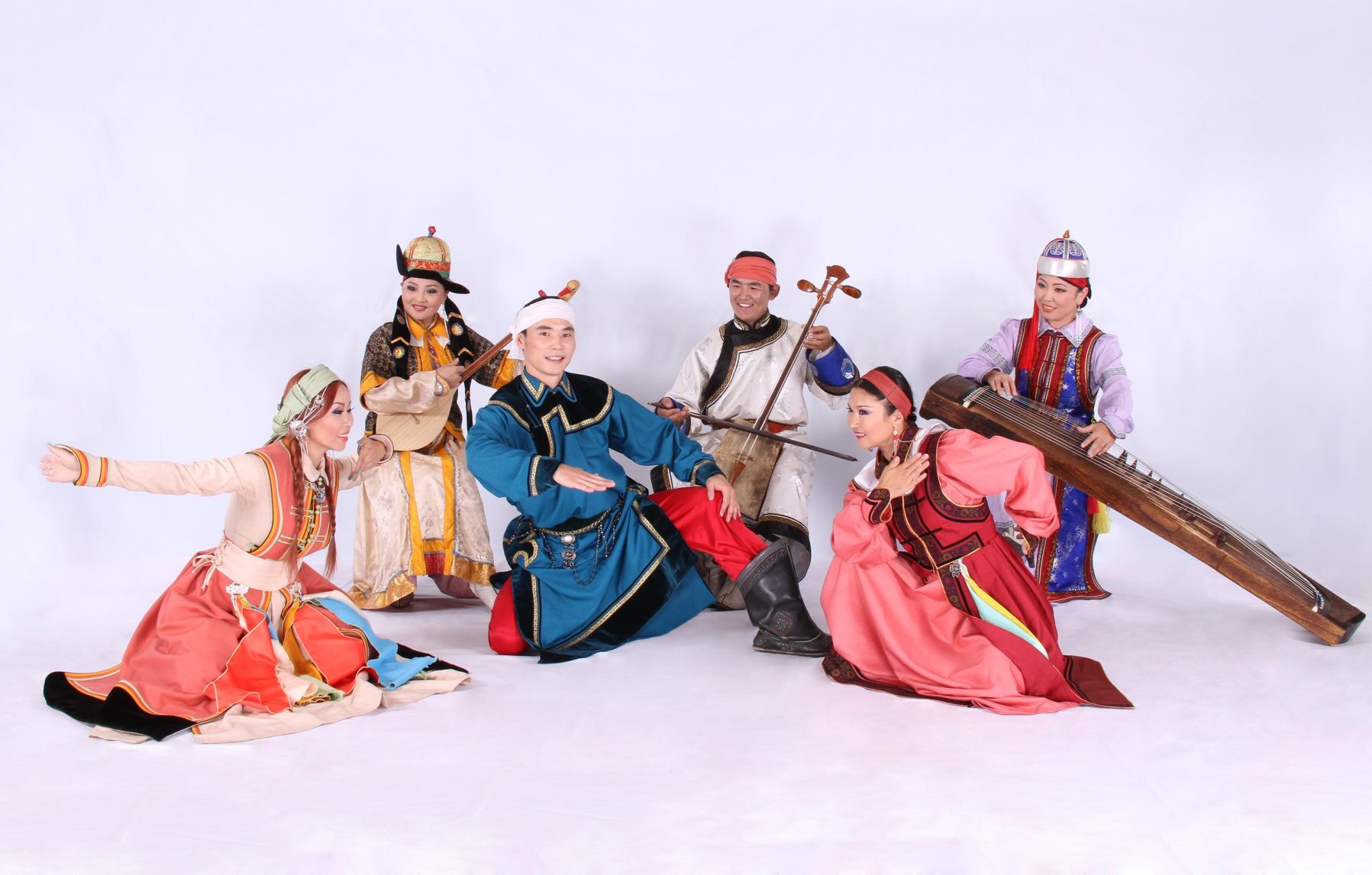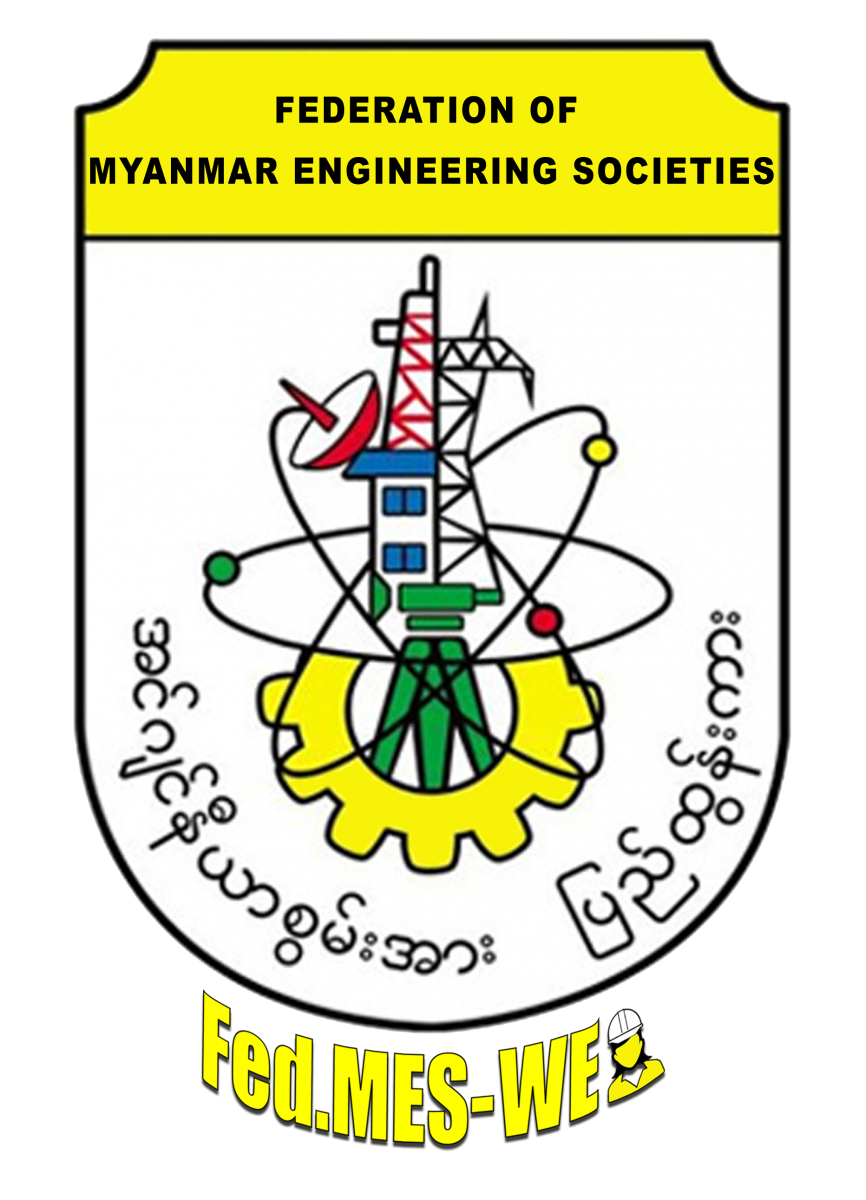TUMEN EKH ENSEMBLE OF TRADITIONAL CULTURAL HERITAGE
Tumen Ekh Ensemble of Traditional Cultural Heritage is one of the leading national song and dance ensembles in Mongolia. “Tumen Ekh” in Mongolian carries a meaning of “a leader or vanguard of all”. In 1989 a group of outstanding artists and forerunners of the field chose a tittle of a famous folk song “Tumen Ekh” and established this ensemble. Mongolians created music through the ages using metal, stone, bamboo, leather, cattle hair and wood. Traditional Mongolian musical instruments vary from string, wind and percussion and all vividly demonstrate unique elements of nomadic culture. The most popular musical instrument is Morin khuur (horse head fiddle), which was created to replicate horse related sounds. Guests of our country can experience the beauty of our nature, different terrains of the vast land and unique features of nomadic life without traveling too far, by only coming to TumenEkh theatre. The ensemble welcomes the audience with mesmerizing package of vibrant costumes, original sound and spirited dance performances. More information: https://tumen-ekh.mn/en/about.php
-
Morin khuur (Horsehead Fiddle):
It can be said appropriately that the history of the Mongols was made by horses. The Mongols used to battle taking along more horses than men. Mongols had a horse-army that came over only in one day when it was estimated 3 days. Mongolians created a musical instrument for their most beloved horse. Tovshuur, Ekhil, Tsoor, Khulsan khuur and the Morin khuur or horse head fiddle are very ancient stringed musical instrument. This musical instrument was originally created by the ancient Hunnu. The upper part of the instrument is decorated with a horse’s head, so it is called a horse-head fiddle.
The Morin Khuur is closely related to Mongol horses and Mongolians. Every Mongolian house-hold honour morin khuur by hunging khadag around it and putting it towards heirloom. There was an etiquette saying : Having a morin khuur is full-home having no morin khuur is lost-home. Morin Khuur is a symbol of peace and joy. One who learns Morin Khuur first plays ambler horse’s gait. Mongol horses were the main pillars of the Mongolian military’s pride and unity. Genghis Khan built 200,000 horsemen army and take along 400- 800 thousand horses. Therefore, historians believe that the main force of the Mongolian army was a horse and Genghis Khan created their strength. In modern times, the Morin Khuur was dominated by professional musicians rather than individuals.
Since 1940s, the traditional Mongolian melodies and the world classics were played on morin khuur which stands out its individual performance. In 1992, a Mongolian Morin Khuur Ensemble was established and currently working with over 30 people. In 2002, the President of Mongolia issued a decree to promote morin khuur, and then all Mongolian families and organizations have been honouring horse-head fiddle. Morin Khuur was registered to UNESCO World Cultural Heritage in 2003.
The evolution of the modern morin khuur is directly related to G.Jamyan who has developed a new method of playing morin khuur. He himself used to play violoncello and it was updated by based on it, which was a very important turn. Then, from 1940s and 1950s, the Morin Khuur came out of the home and was played into the concert hall. Morin Khuur musical instrument had been reformed by Russian expert D. Yarvoy and his Mongolian colleagues. At that time, the morin khuur was made in a way that violin is made, changing its waist with wood, resulting its tone was improved and it was able to overcome the challenges of the weather. The next stage of the reform was that the morin khuur was produced in numbers by the factory, which was the 1990s.
-
Urtiin duu:
The Urtiin duu or “long song” is one of the two major forms of Mongolian songs, the other being the short song” (bogino duu). As a ritual form of expression associated with important celebrations and festivities, Urtiin duu plays a distinct and honoured role in Mongolian society. It is performed at weddings, the inauguration of a new home, the birth of a child, the branding of foals and other social events celebrated by Mongolia’s nomadic communities.The Urtiin duu can also be heard at the naadam, a festivity featuring wrestling, archery and horseracing competitions. The Urtiin duu is a lyrical chant, which is characterized by an abundance of ornamentation, falsetto, an extremely wide vocal range and a free compositional form. The rising melody is slow and steady while the falling melody is often intercepted with a lively rhythm. Performances and compositions of Urtiin duu are closely linked to the pastoral way of life of the Mongolian nomads on their ancestral grasslands.
Widely believed to have originated 2,000 years ago, the Urtiin duu has been recorded in literary works since the thirteenth century. A rich variety of regional styles has been preserved until today, and performances as well as contemporary compositions still play a major role in the social and cultural life of nomads living in Mongolia and in the Inner Mongolia Autonomous Republic, located in the northern part of the People’s Republic of China.
Since the 1950s, urbanization and industrialization have increasingly superseded traditional nomadic lifestyles, leading to the loss of many traditional practices and expressions. Parts of the grasslands where tradition-bearers used to live as nomads have fallen victim to desertification, causing many families to shift to a sedentary way of life where many classical themes of Urtiin duu, such as the praise of typical nomads’ virtues and experiences, lose their relevance.
-
Tsam dance:
Tsam dance was born during the 8th century. It's one of the most important ritual of Tibetan Buddhism. Young lamas dance it, wearing costumes and masks that symbolize different apostles, devils, animals, or real persons. The dance principally stages characters of Buddhist legends and animals that symbolise good and bad influences. For example, the garuda and the lion (powerful beasts of air and earth), deer (symbol of beauty in the animal reign), or the crow (soothsayer).
-
Folk song:
Each ethnic tribe of Mongolia has its own distinct type of folk songs. Due to the metrical rhythm and non-extended texts such folk songs are referred as short songs. Mongolian short songs are divided into two principle types: traditional and “khuree” (urban).Traditional short songs portray nomadic lifestyle of Mongolians, whereas Khuree songs witness the shift in lifestyle of settled, later generations.
-
Folk music:
Since Chinggis Khan’s reign, Mongolians have been closely leading and collaborating with people throughout the world by establishing diplomatic relations, opening trade routes, making geographic discoveries and exchanging culture, which in return genuinely influenced the development of music expressions of Mongolians. As a consequence of such exchange Mongolian traditional musical instruments were spread in other Asian countries including China and return Arabian, Indian and European music cultures were brought into Mongolia have blended into the local grounds. Based on the historical texts it is revealed that majority of wind and percussion instruments were originated from Mongolia.
-
Folk dance:
Dance is one the ancient art expressions and Mongolian folk dance is thoroughly interrelated with the nomadic culture. Mongolian folk dance is mentioned in the “Secret History” the earliest sacred, literary heritage in Mongolian language. Folk dances modeled to fit the traditional yurt, thus rather than using steps, in traditional folkdance facial expressions, movements of upper torso arms and hands used to express inner and cultural features.
-
Throat singing:
Undoubtedly this is one of the distinctive features of Mongolian musical traditions, which can be found only in the lands of Mongols. Khuumei is originated from the western parts of Mongolia and closely connected with reflecting the nature as well as nomads view of life and philosophy. The singer makes two simultaneous pitches, one is base another one is higher. Throat singing is widely spread through out Mongolia, it has 4 major types and those can be divided into 24 sub-forms.
-
Contortion art:
The art of contortion showcases extreme flexibility of human body. Many factors affect the flexibility of performers including age, genetics, stature, and adherence to rigorous physical training routines. Mongolian art of contortion originally inspired by Buddhist yoga practices. Currently it is a mesmerizing blend of artistic excellence, drama and sensuality. Unique Mongolian contortion is usually performed by young girls and boys as solo, duets or groups of three and four.
-
Altai mountain praise song:
Mongolian folklore has many types of epic and eulogy praises. One of the widely spread praise song is a worship for the Altai Mountain, which is an embodiment of Mongolian poetry, folklore and traditional music and art expressions. Praise songs differ from depending on the occasions and rituals. It can be sang by a singer accompanied with a string instrument, throat singing or a group of instrumentals. Praise songs can be pre composed or improvised on the occasion.
-
Shaman dance:
Mongolia has a long history of worshipping the sky and the nature, so Shamanism has been practiced since ancient times. In attempt to shield the country from any interference and for flourishing future Mongolians have developed a strong reliance on shamanistic worship. The Shaman dance reflects main features of genuine religious ritual expertly blended with dance movements.













